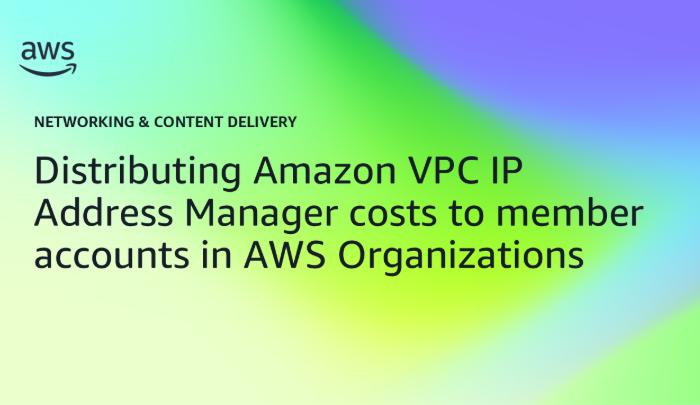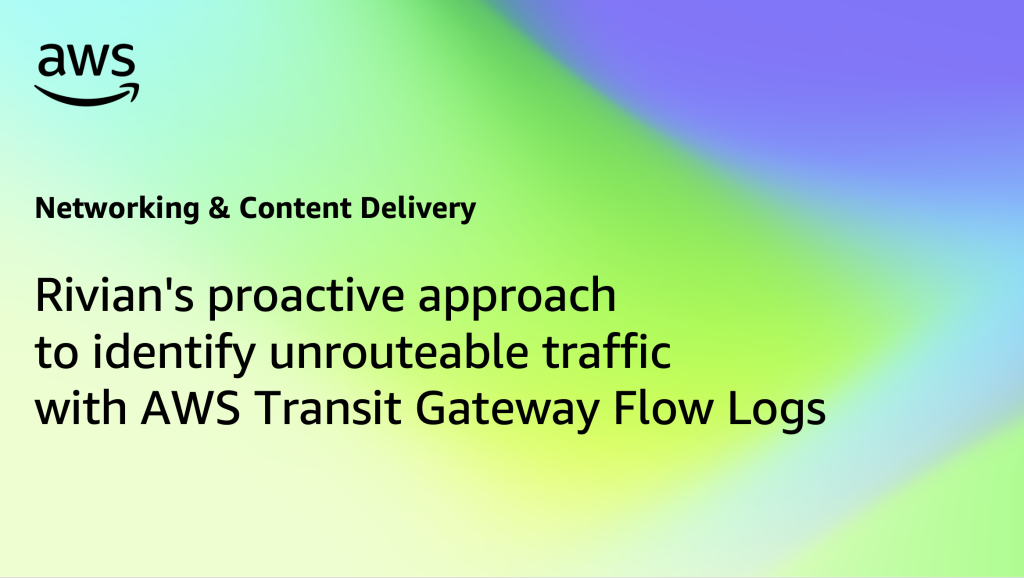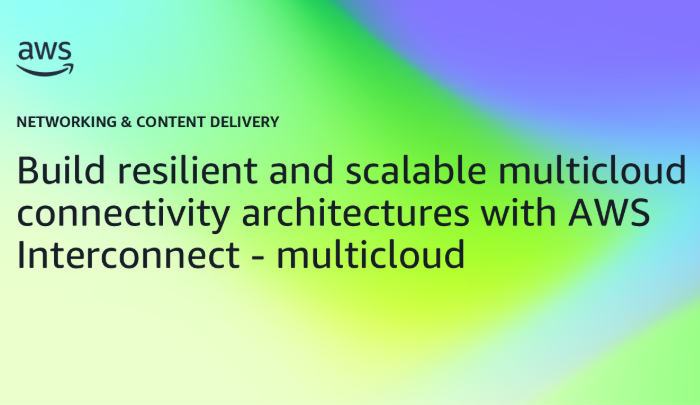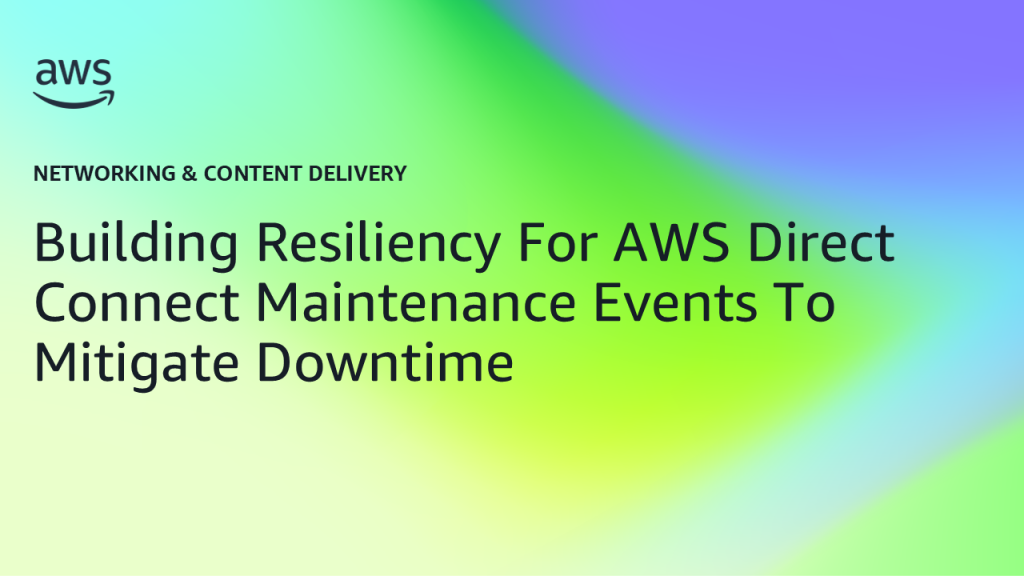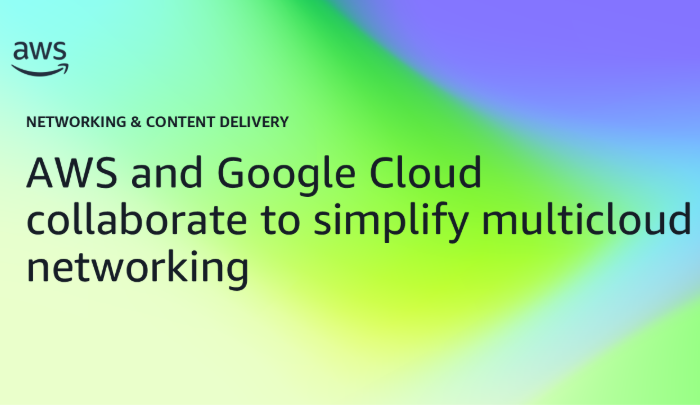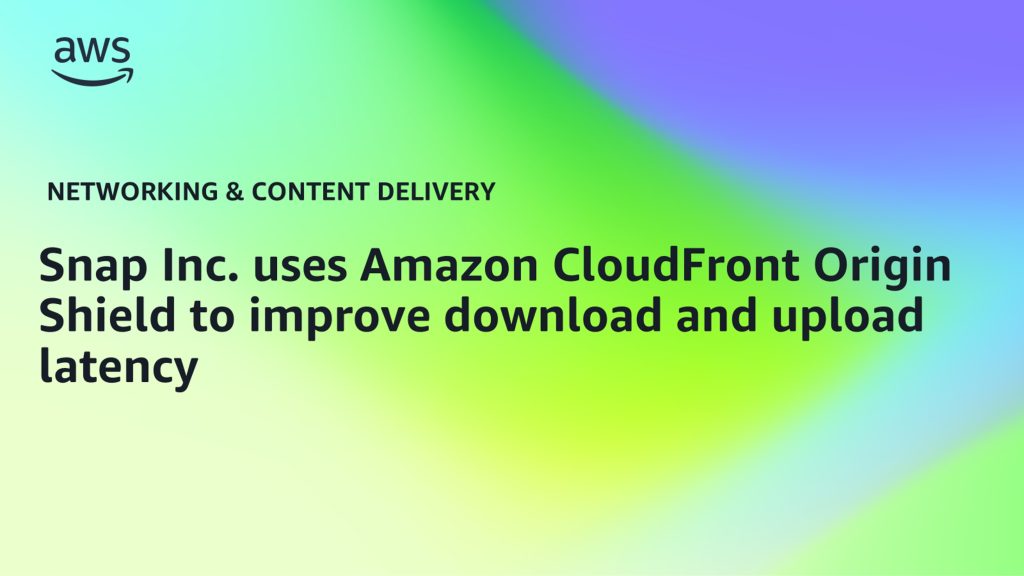Networking & Content Delivery
Distributing Amazon VPC IP Address Manager costs to member accounts in AWS Organizations
In this post, we demonstrate how to distribute Amazon VPC IP Address Manager (IPAM) costs from the IPAM owner account to the member accounts in AWS Organizations and implement chargeback. We walk through analyzing IPAM usage in AWS Cost Explorer from both member and management accounts. Furthermore, we cover key considerations and best practices for communication and […]
Rivian’s proactive approach to identify unrouteable traffic with AWS Transit Gateway Flow Logs
Discover how Rivian optimized network visibility using AWS Transit Gateway Flow Logs. Their innovative solution proactively identifies unrouteable traffic in multi-region & multi-account AWS environments, transforming reactive monitoring into automated detection. Learn how they reduced troubleshooting time and enhanced collaboration between app and network teams using server-less architecture.
Designing for global scale: XM Cyber’s 22-Region AWS Cloud WAN implementation
Note: This post is published in collaboration with Liav Arnon, DevSecOps Engineer at XM Cyber | on Sep, 17th 2025 in Networking & Content Delivery, Advanced (300) XM Cyber is a leader in Exposure Management, helping enterprises identify and remediate attack vectors before they can be exploited. Providing context-driven exposure insights across the entire attack […]
Build resilient and scalable multicloud connectivity architectures with AWS Interconnect – multicloud
This blog was co-authored by Alexandra Huides, Principal Networking Specialist Solutions Architect, AWS, and Santiago Riesco, Senior Product Manager, AWS Networking Services Enterprises are building distributed applications that span multiple cloud environments to optimize for resilience, data locality, and specialized services communication. These architectures require consistent, private, and high-performance network connectivity between clouds without exposing […]
Building Resiliency For AWS Direct Connect Maintenance Events To Mitigate Downtime
Building resilient network architectures that can withstand both planned and unplanned maintenance events is critical for organizations that rely on Amazon Web Services (AWS) Direct Connect for their hybrid connectivity. When your business depends on consistent, reliable connectivity between on-premises environments and AWS, understanding how to architect for maintenance activities becomes essential. This 300-level content […]
AWS and Google Cloud collaborate to simplify multicloud networking
This blog was co-authored by Robert Kennedy, VP of Network Services, AWS and Rob Enns, VP/GM of Cloud Networking, Google Cloud As organizations increasingly adopt multicloud architectures, the need for interoperability between cloud service providers has never been greater. Historically, however, connecting these environments has been a challenge, forcing customers to take a complex “do-it-yourself” approach […]
Announcing Amazon Route 53 Accelerated Recovery for managing public DNS records
AWS announced the launch of accelerated recovery for managing public Domain Name System (DNS) records, a new Amazon Route 53 feature that targets a 60-minute Recovery Time Objective (RTO) for your DNS operations in the unlikely event of service disruptions in the N. Virginia Region (us-east-1). This feature ensures continuity for your critical workloads by […]
re:Invent 2025: Your ultimate AWS Networking guide to this year’s must-attend cloud event
Before you head into the Thanksgiving holiday, take a moment to read through this guide and start planning your AWS Networking re:Invent journey! From December 1st to December 5th, Las Vegas, Nevada will transform into the ultimate destination for cloud innovation, making it the perfect time to look ahead to the one of the most […]
Snap Inc. uses Amazon CloudFront Origin Shield to improve download and upload latency
This blog was co-authored by Manchun Yao, Staff Software Engineer at Snap Inc. Snapchat is a popular app used by hundreds of millions of people around the world to communicate with their close friends and family. Snapchat’s focus is on enabling a fast and fun way to communicate by building features such as augmented reality […]
Securing Egress Architectures with Network Firewall Proxy
Note: Dec 4, 2025 – expanded with additional section on application networking integrations. Customers who control access out of their AWS environments using self-managed proxies often find it challenging to deploy, scale, and patch their EC2 or container-based proxy fleets. With the recent launch of AWS Network Firewall proxy preview, AWS is taking over the […]
